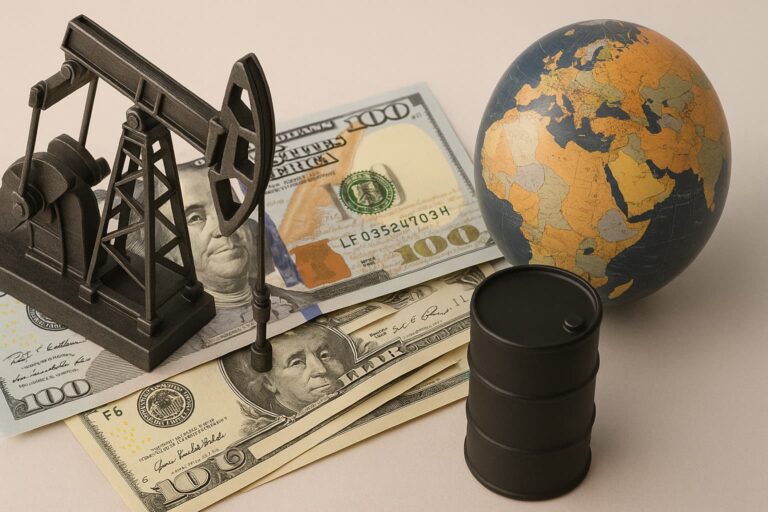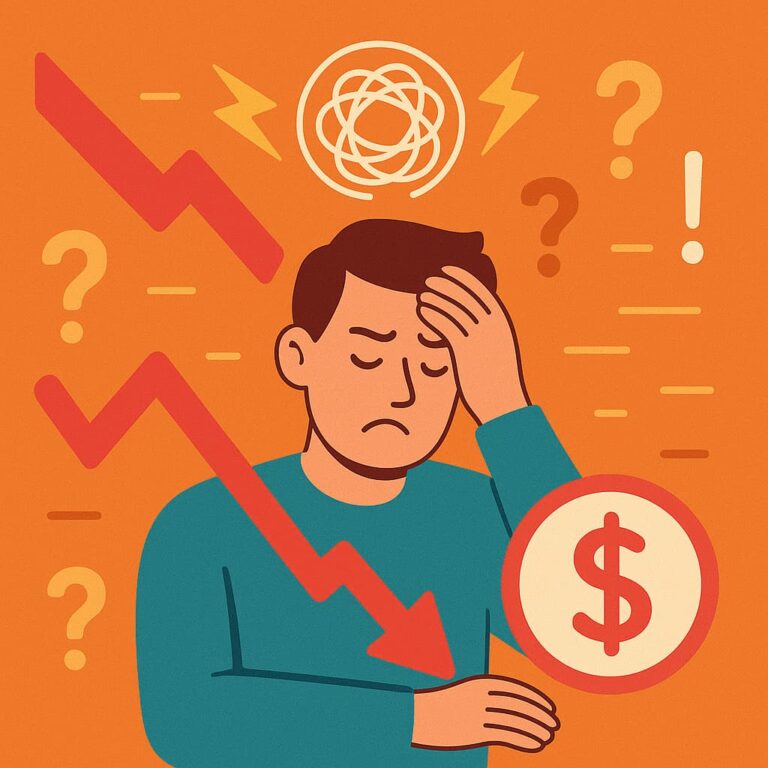From tech giants in Asia to industrial giants in Europe, global M&A is rebounding sharply. The surprising twist? It’s happening while tariffs are rising and trade tensions escalate.
Tariffs once froze deals. Now, they’re fueling them. Companies want to secure supply chains, enter new markets, and gain pricing power.
Want to know why and how? Read on.
What’s Driving the Global M&A Comeback?
The post-pandemic era saw slow M&A growth. But 2025 tells a different story. Companies have adapted to uncertainty.
Key Catalysts Behind the Rebound
- Cross-border consolidation to counter regional tariff walls
- Strong corporate balance sheets flush with cash
- Private equity deploying dry powder at scale
- Interest rate cuts in Europe and Asia fueling risk appetite
The Numbers Tell the Story
- Global M&A volume in Q1–Q2 2025: $2.1 trillion (up 38% YoY)
- 70% of deals involve at least one non-U.S. entity
- Asia-Pacific leads with 45% of cross-border deals
- PE-backed M&A surges 30% vs 2024
M&A is no longer cyclical—it’s strategic.
Tariffs as Deal Drivers, Not Deal Breakers
Rising tariffs are typically seen as growth killers. But in 2025, they’re becoming a major force behind global consolidation.
How Tariffs Are Shaping Strategy
- Companies are acquiring overseas suppliers to bypass duties
- Big tech is buying up logistics to control shipping costs
- Food and energy giants are merging to reduce sourcing risk
- Pharma firms are pursuing local partnerships to stay compliant
Tariff Hotspots Creating M&A Zones
- U.S.–China tech tariffs push deals into Southeast Asia
- EU carbon taxes spark consolidation among industrials
- India’s import levies lead to U.S. companies acquiring local firms
- Latin America’s mining M&A booms as EV demand spikes
Tariff walls are forcing firms to think globally—and act fast.
Sector Spotlight: Where the Action Is
Some industries are leading the charge in global M&A activity due to tariff exposure, tech shifts, and raw material needs.
2025 M&A Leaders by Sector
- Technology: AI chipmakers and data centers are consolidating
- Healthcare: Biotech firms partner globally to scale pipelines
- Energy: Green energy deals surge across Europe and Asia
- Industrial Goods: Cross-border M&A reduces supply chain risk
Case Study: Nvidia and TSMC Joint Venture
In April 2025, Nvidia and TSMC launched a $12 billion JV in Vietnam. Reason? Avoid U.S.–China tariffs and secure long-term chip production. The deal also opened up new R&D incentives.
Smart M&A is now about resilience, not just growth.
Investor Impact: How to Play the M&A Surge
This global M&A wave presents opportunities for sharp investors. Deal premiums, sector rotations, and ETF rebalancing create new alpha sources.
Ways to Capitalize
- Track M&A-focused ETFs like MNA, MERG, or IDNA
- Look for undervalued targets in sectors with active deal pipelines
- Use merger arbitrage strategies for short-term gains
- Follow activist investors entering M&A-heavy sectors
Reallocation Example
- Reduce exposure to high-tariff, low-margin exporters
- Add weights in healthcare, AI, and supply chain logistics
- Hedge exposure with currency-neutral global equity funds
- Monitor filings from regulators like the EC, FTC, and CCI (India)
Don’t just read about deals—invest in the ripple effect.
What This Means for Your Portfolio
The return of M&A signals confidence—despite macro noise. It’s not about ignoring tariffs, but adapting to them.
Global companies are choosing scale and speed. Investors should too. Don’t wait for a “calmer” market. The calm may never come—but profits can still rise.





